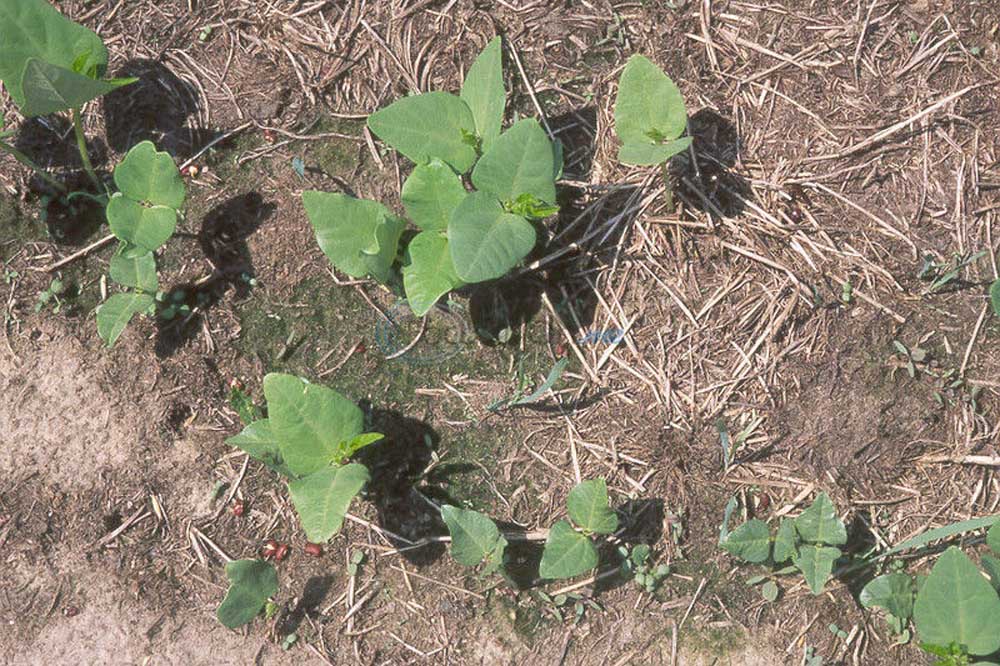Supplemental Food Plots A Cost Effective Way To Produce Forage
Published 9:21 pm Wednesday, July 31, 2013

- Food plot.
Thanks to ethanol and other demands for the crop, it doesn’t look like the price of deer corn is headed down anytime soon.
Fortunately East Texas hunters have a way to hedge the cost, but it requires a little preparation and a lot of sweat.
Trending
Food plots have been a staple in East Texas long before feeders arrived. They still offer a better, cheaper alternative, if not the convenience.
“It is time to start thinking about fall food plots now,” said Dr. Billy Higginbotham, Texas AgriLife Extension Service wildlife specialist at Overton. “This is a great time to go in and do a soil test to determine lime requirements and determine special fertilization requirements for the type of plants you are going to plant.”
Higginbotham said that deer hunters from the Trinity River east have the best chance of growing food plots in the state because of the 45 to 55 inches of rainfall that typically fall in the Pineywoods and Post Oak regions. The key, however, is having adequate soil moisture in the ground when the plots are planted, and that is something that hasn’t been a certainty in recent years.
“You want to go dove hunting and then turnaround and plant your food plots,” Higginbotham said. “You want to plant them on Labor Day or thereafter.”
Higginbotham and other researchers at Overton worked for years to determine the best options for food plots that provide both nutrition and serve as an attractant. They settled on a trio of cow peas, winter oats and Arrowleaf clover.
“Many hunters today with Managed Lands Deer Permits are starting the season at the first of October. We wanted to come up with something that would attract deer early, then provide a source of nutrition during the stress period in January and February and then carry them through spring,” Higginbotham explained.
Trending
He said the cowpeas will pop up instantly and work as a deer attractant immediately before playing out at the first frost. The oats can carry the deer through the winter months, but may need to be top-dressed with nitrogen in December when it begins to yellow. The clover will appear in the spring and be available through June when the deer switch to warm weather food plots or native forage.
“What I really like is that the cowpeas will literally jump out of the ground the first week,” Higginbotham added. “I know they are an attractant, especially on small hunting plots archery hunters use.”
To make the food plots even more cost effective, researchers have worked out the optimum plant rate for East Texas. They have learned hunters can plant more or plant less, but they are going to get the best production by planting 40 pounds of oats, 40 pounds of cowpeas and 10 pounds of the clover per acre. Higginbotham recommends dragging the seed in so it doesn’t go more than an inch below the surface.
Hunters can buy the seed and combine it or look at blends such as East Texas Seed’s Rack King Premium Bow Blend that has the three together.
Higginbotham said he recognizes hunters are going to experiment with brands and blends that are heavily advertised, but to avoid disappointment from those that don’t work he suggests planting test plots along with the proven and often less expensive oats, peas and clover.
He also recommends planting more smaller food plots in the fall and fewer large plots in the spring to play into the habits of the deer.
Of course hunters need to realize that the food plots will only be effective when native forage and acorns are not available.
“The loneliest place in the deer woods is sitting in a food plot listening to acorns hitting on top of your deer stand,” Higginbotham said. “Food plots can’t compete with native forages.”
And then there is the pig issue. Pigs are going to be attracted to food plots, but even more so to corn feeders. Higginbotham suggests hunters who use feeders along with food plots panel off the feeders to discourage pigs from coming to eat.
“If you have deer habitat in East Texas you probably have pig habitat,” he said. “We need to put up enclosures around the feeders. What I have seen is that deer don’t like to be around pigs.”
Another warning is that hunters should look at food plots as supplemental feed. If the deer have to have the handouts to survive then it is most likely there is a deer population issue, a habitat issue or both.
For more information on food plots, go online to http://wildlife.tamu.edu.
Have a comment or opinion on this story? Contact outdoor writer Steve Knight by email at outdoor@tylerpaper.com. Follow Steve Knight on Facebook at TylerPaper Outdoors and on Twitter @tyleroutdoor.






